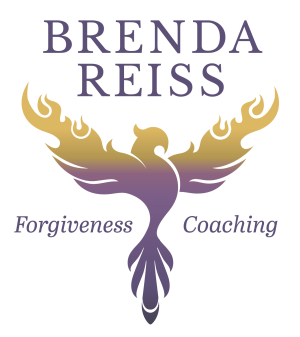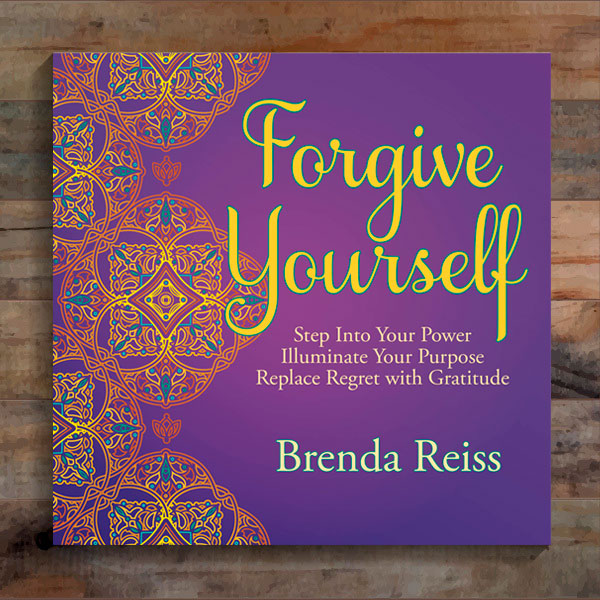You’re ambitious. Independent. Emotionally intelligent. You’ve read the books, listened to the podcasts, maybe even gone to therapy. You know what a healthy relationship should look like.
And yet… here you are again.
Attracted to someone emotionally unavailable.
Overlooking red flags because the chemistry feels magnetic.
Holding on to a relationship that leaves you anxious, confused, or depleted.
You think to yourself, “I’m smart. I know better. Why do I keep choosing the wrong people?”
If this resonates, know this: you’re not broken, you’re bonded.
What you may be experiencing isn’t just a string of bad luck in love. It could be the result of trauma bonds, powerful emotional attachments that form through repeated cycles of inconsistency, pain, and intermittent reward.
Let’s explore what trauma bonds are, how they form, and how even the most intelligent, capable women can find themselves stuck in a loop that feels impossible to escape.
What Is a Trauma Bond?
A trauma bond is a psychological attachment that develops in relationships marked by emotional intensity, inconsistency, manipulation, or abuse. It’s fueled by cycles of harm followed by reconciliation, which confuse the nervous system and reinforce a bond that feels like love, but is actually rooted in survival instincts.
This bond is often mistaken for deep passion or a soul connection, when in reality, it’s your body responding to a familiar pattern that feels emotionally charged but is ultimately unsafe.
You may feel:
- Drawn to people who are emotionally distant or unpredictable
- Overly attached to someone who hurts you, even when you know it’s not healthy
- Unable to let go of a relationship that logically doesn’t serve you
- Deep emotional highs and lows that make you feel addicted to the connection
The push-pull dynamic mimics addiction—and like any addiction, it’s incredibly hard to break without awareness and healing.
Why Smart, Strong Women Are Vulnerable to Trauma Bonds
This might sound counterintuitive. Shouldn’t self-awareness protect you from toxic patterns? Not necessarily. Here’s why intelligent, successful women are often the most blindsided by trauma bonds:
1. You’re Used to Solving Problems
You’re resourceful. When something is broken, you fix it. That mindset works well in your career, but it can backfire in relationships. You might see emotional distance or inconsistency as something to overcome, rather than a sign to walk away. You think, “If I just love them better, show them I’m safe, prove my worth…”
But relationships aren’t projects, and people aren’t puzzles to solve.
2. You’ve Normalized Emotional Labor
Many high-functioning women are also deeply empathetic. You give people the benefit of the doubt, see their potential, and stay longer than you should because you don’t want to “give up” on them.
This makes it easy to ignore your own needs while prioritizing someone else’s healing.
3. The Pattern Feels Familiar
If you grew up in a home where love was inconsistent, where emotional connection was tied to performance or behavior, or where your needs were minimized, you may have internalized the belief that love is something to be earned, not received freely.
So when someone makes you feel unworthy or constantly on edge, part of you might think: This is what love feels like.
Signs You’re Caught in a Trauma Bond
If you’re wondering whether you’re in a trauma bond rather than a healthy relationship, here are some common red flags:
1. You Feel Addicted to the Person
You may know the relationship is harmful, but the thought of leaving causes anxiety, panic, or a sense of emptiness. You crave the highs, even though the lows are devastating.
2. You Justify Their Behavior
You find yourself making excuses for their disrespect, absence, or cruelty. You focus on their trauma, their stress, or their “good heart,” rather than acknowledging how they treat you.
3. You’re Emotionally Exhausted
You feel like you’re constantly riding an emotional rollercoaster. Your nervous system is fried, but you keep hoping for the next moment of connection.
4. You Feel Like You’re the Problem
Trauma bonds often involve manipulation or gaslighting. You may start questioning your memory, reactions, or worth. You wonder if you’re “too much,” “too sensitive,” or “not enough.”
5. You Can’t Imagine Life Without Them
Even if the relationship is hurting you, the idea of being without them feels unbearable. You may fantasize about them changing, about the potential they once showed, about the person you thought they were in the beginning.
How Trauma Bonds Form: The Science Behind the Attachment
Understanding the psychology and biology behind trauma bonds can be incredibly validating.
When someone treats you inconsistently, loving one day, cold the next, it creates a dopamine loop in your brain. The unpredictable nature of the relationship becomes addictive. You get just enough validation to stay hooked, constantly seeking the next emotional “high.”
This is the same behavioral mechanism behind gambling addiction. It’s called intermittent reinforcement, and it’s one of the most powerful ways to create dependency.
Your body becomes chemically attached to the emotional chaos.
If you grew up in environments where love and safety were also unpredictable, your nervous system is wired to feel familiar with dysfunction—even if it consciously feels wrong.
Breaking Free: How to Heal from Trauma Bonds and Reclaim Your Power
Healing from trauma bonds is not about willpower. It’s about rewiring your nervous system, rebuilding your self-trust, and creating new patterns rooted in safety—not survival.
Here’s how to begin:
1. Name the Pattern
The first step is awareness. Recognize the cycle you’re in and call it what it is. Naming a trauma bond doesn’t mean you’re weak or foolish, it means you’re waking up.
2. Go “No Contact” (If Safe)
Distance is essential to detox from the emotional addiction. If it’s not physically or emotionally safe to go completely no-contact, consider “limited contact” with strict boundaries.
Cutting ties creates the space needed to see things clearly and regulate your nervous system.
3. Get Professional Support
Trauma bonds are deeply rooted in attachment wounds. Working with a trauma-informed therapist or coach can help you uncover the beliefs keeping you stuck, and create a plan for healing.
This is not a journey to walk alone.
4. Rebuild Your Relationship with Yourself
The real healing comes when you stop seeking the love you didn’t receive in the past—and start giving it to yourself. This means:
- Reparenting your inner child
- Validating your own emotions
- Rewriting limiting beliefs about love and worth
- Learning what safe love feels like—calm, secure, reciprocal
5. Stop Blaming Yourself
You didn’t choose this consciously. You were operating from a subconscious pattern built for survival.
You’re not broken. You’re healing.
You’re Not “Attracted to the Wrong People”, You’re Attracted to Familiar Patterns
Being smart and capable doesn’t make you immune to trauma, it means you’ve likely had to survive a lot, and now your brain and body are wired to recognize familiarity as safety.
But familiarity isn’t the same as healthy.
Intensity isn’t the same as intimacy.
Attraction isn’t the same as alignment.
You don’t need to keep learning through pain. You’re allowed to outgrow the story that love has to hurt. You’re allowed to write a new ending.
It begins the moment you say: “I deserve more than the pattern. I deserve peace.”






0 Comments